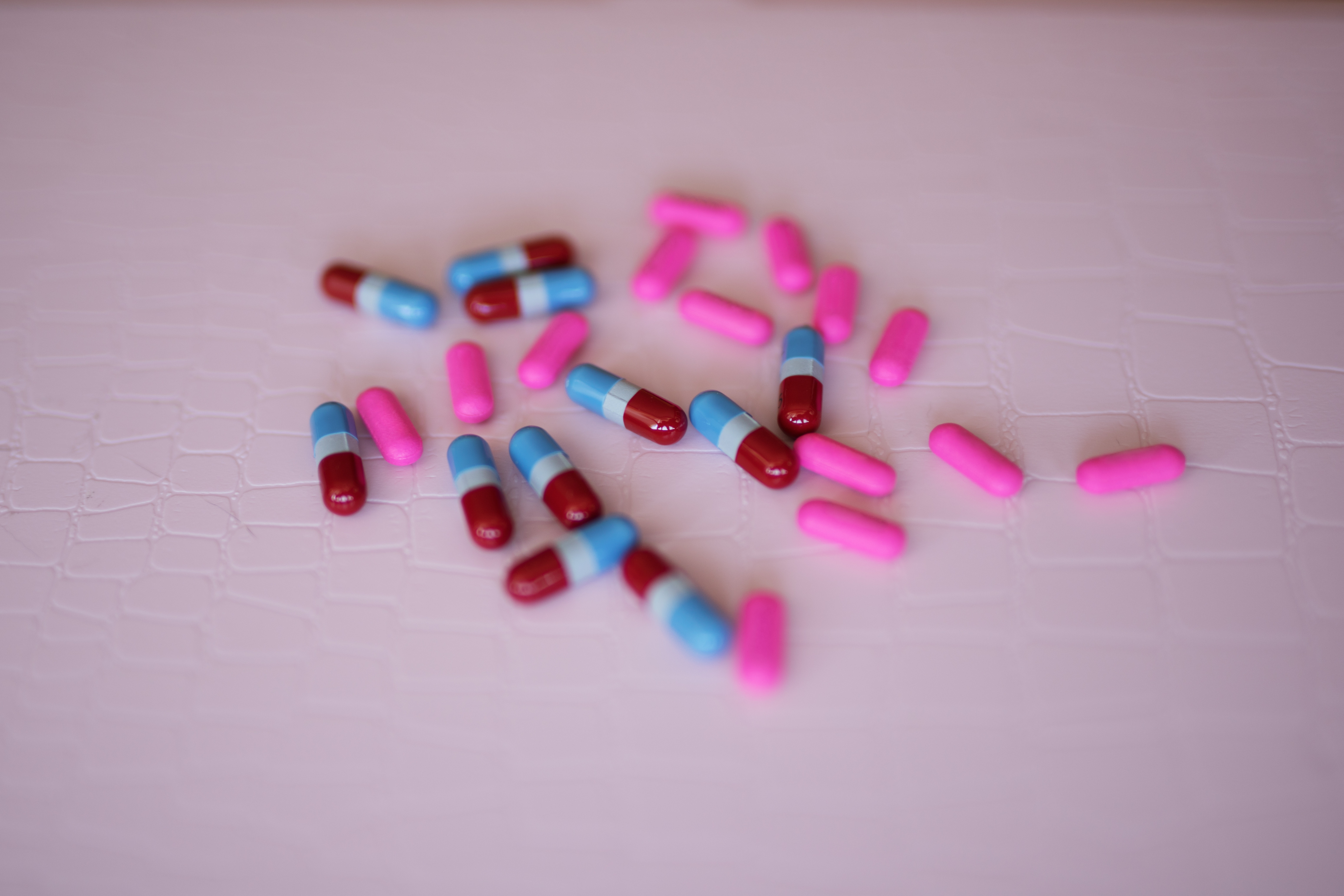ABOUT THE TOPIC
In March 2018, the Philipps-University Marburg founded CrystalsFirst GmbH. This startup company used newly developed protein crystal stabilization to accelerate experiment for a drug candidate.
ABOUT THE COLLABORATION
The start-up company used a newly developed protein crystal stabilization methodology to adequately accelerate drug candidate testing. This efficiency of new methodology was favoured over traditional search methods which interested cooperation associates for research-based pharmaceutical companies, who desire to evolve innovative drugs. The founders succeeded in ensuring a very successful sixth place in Germany’s biggest life science business plan competition, called the “Science4Life” and subsequently winning investors for this spin-off.
ABOUT THE OUTCOME
Prof. Klebe’s research group was mainly investigating what development methods in the drug discovery, was considered as a pioneer of the so-called structure and fragment-based drug design. Applications such as Drugscore, Relibase or ComSIA were developed in his research group and have been used worldwide in drug discovery. The research group of Prof. Klebe created a model that contains highly sensitive crystal to detect drug candidates.
ABOUT THE BENEFITS
To get to the point of using this stable and successful new methodology, diverse technologies were merged to develop a purely crystal-based workflow for the screening of large groups of drug candidates, for the first time. CrystalsFirst broke new ground in the search for drug candidates. They immediately began with a key step in modern drug development: the creation of 3D models that were atom-resolved and showed the geometry of the interaction between proteins and drug candidates. Due to these innovative developments of Prof. Klebe, CrystalsFirst working group, we can perform the experiments with higher reliability.
“CrystalsFirst broke new ground in the search for drug candidates.”
ABOUT THE RESEARCH
To produce those 3D models one used highly sensitive protein crystals, which were often destroyed as part of a screening of drug candidates. To this end, the company used its core technology to stabilize the highly sensitive protein crystals.
After that, the group screened a small but high-hit-producing collection of drug candidates. The necessary structural data was collected on a synchrotron using X-rays and evaluated by means of software to automatically generate 3D models. The geometric data indispensable, especially for modern pharmaceutical research, delivered quickly and showed reliably at a very early point in the drug search. The high costs made for this drug research was substantially reduced.
ABOUT THE PARTNERS
The partners include startup company CrystalsFirst Gmb, the research group from Prof. Klebe and Philipps-University located in Marburg (Germany).
DATE
This new collaboration and its results were made public on 14 May 2018.
SOURCE
Source can be found here
Photo by Thought Catalog on Unsplash.


